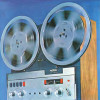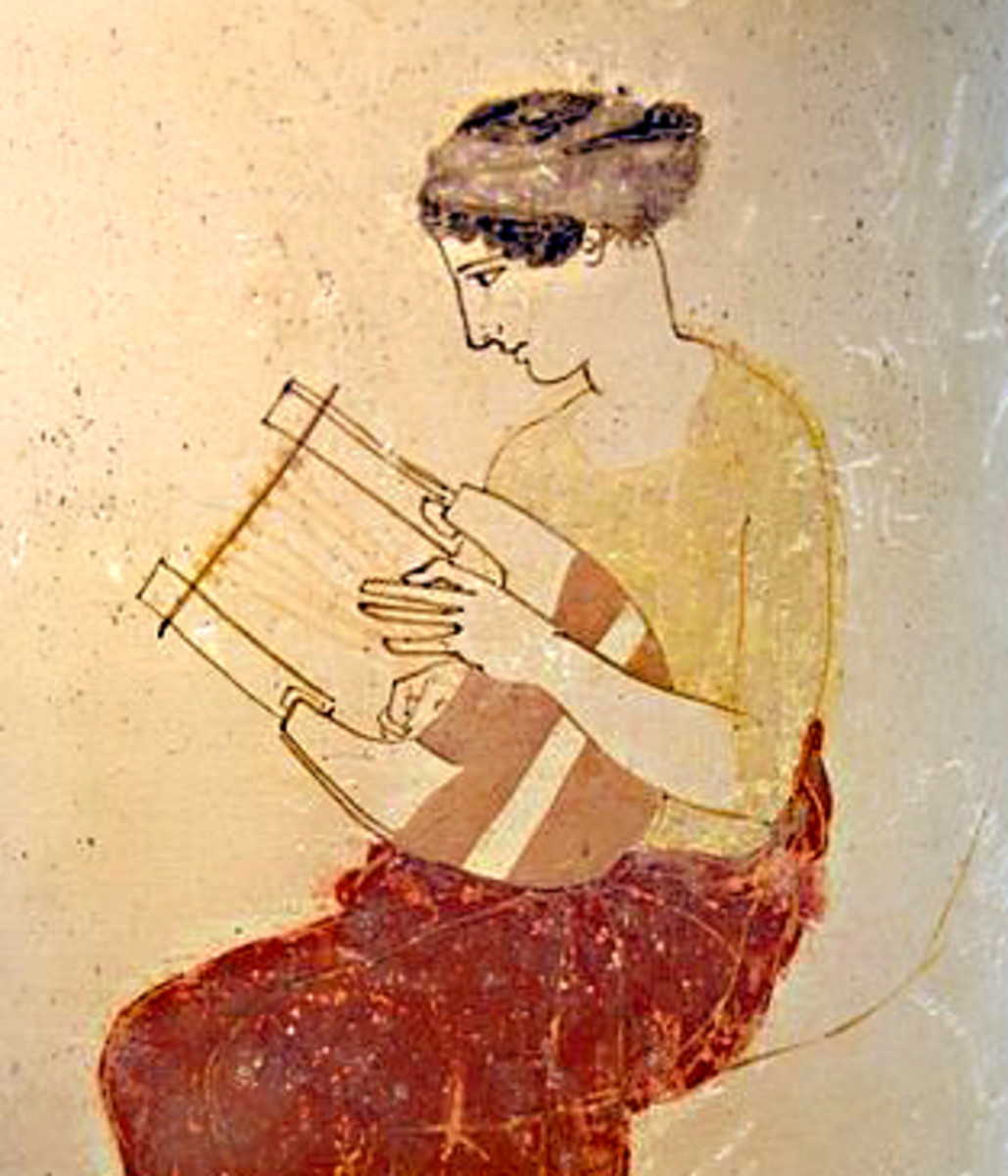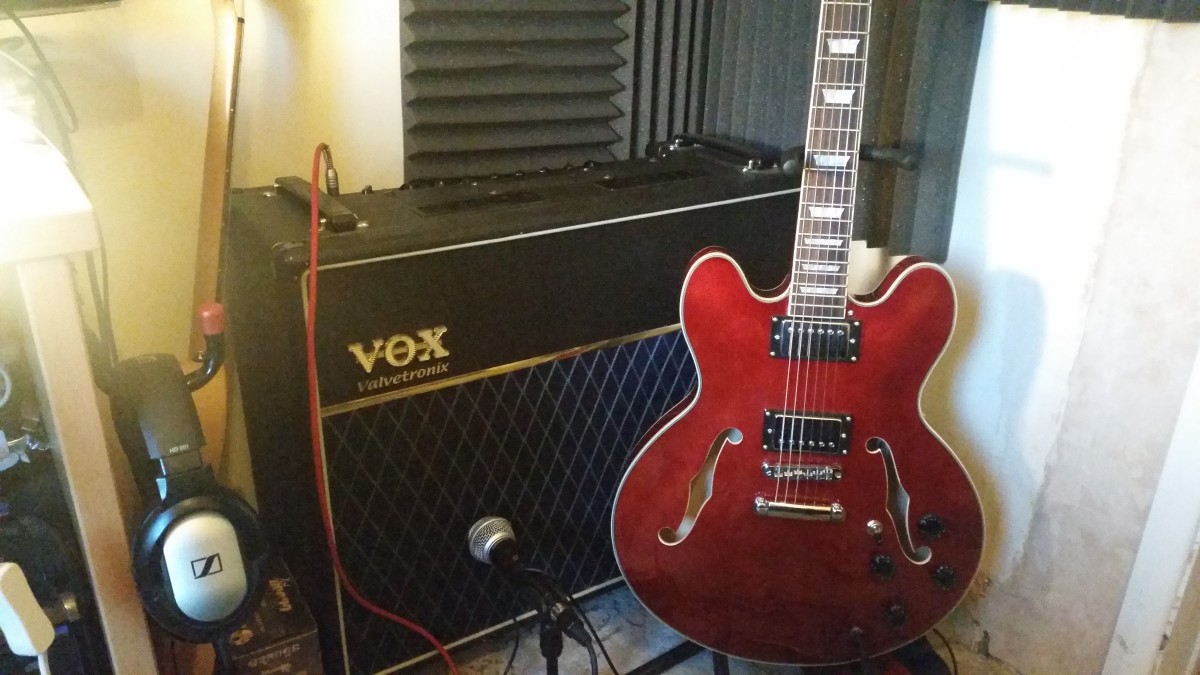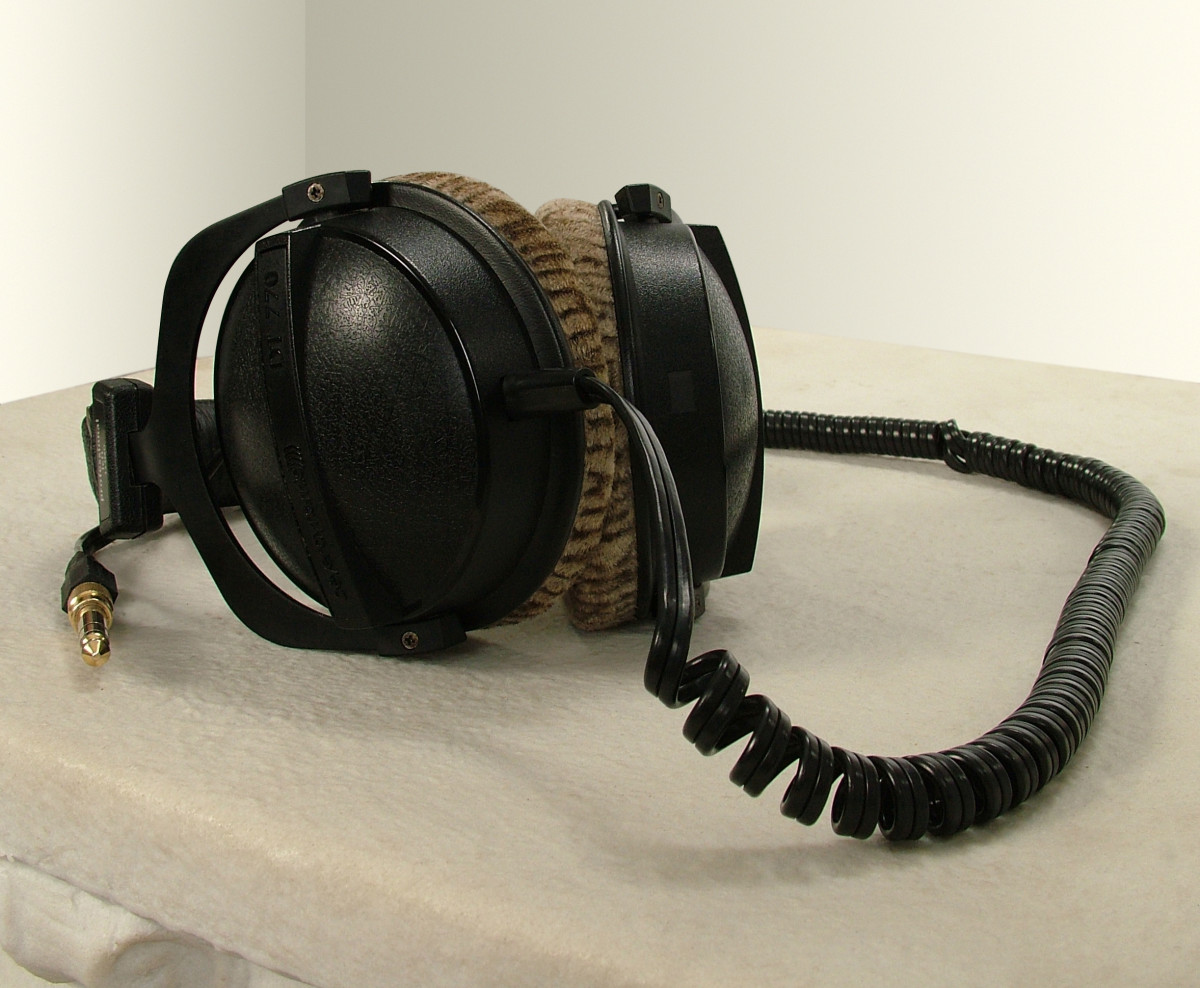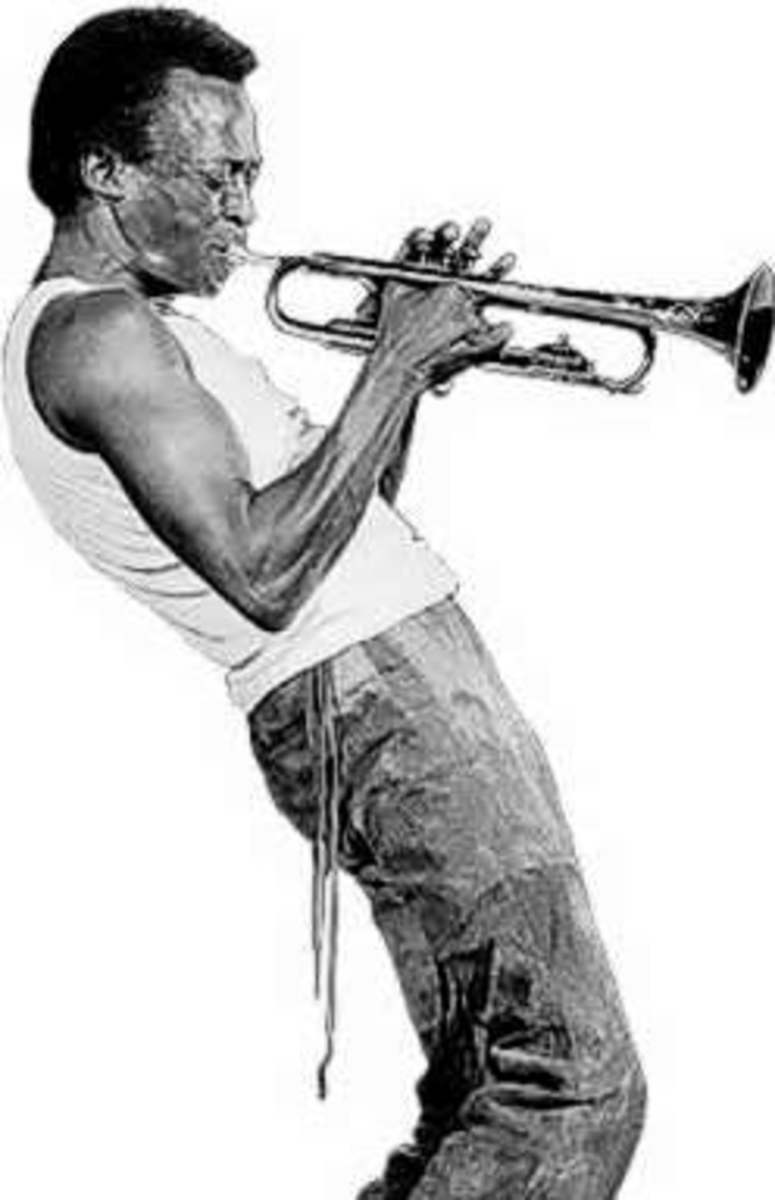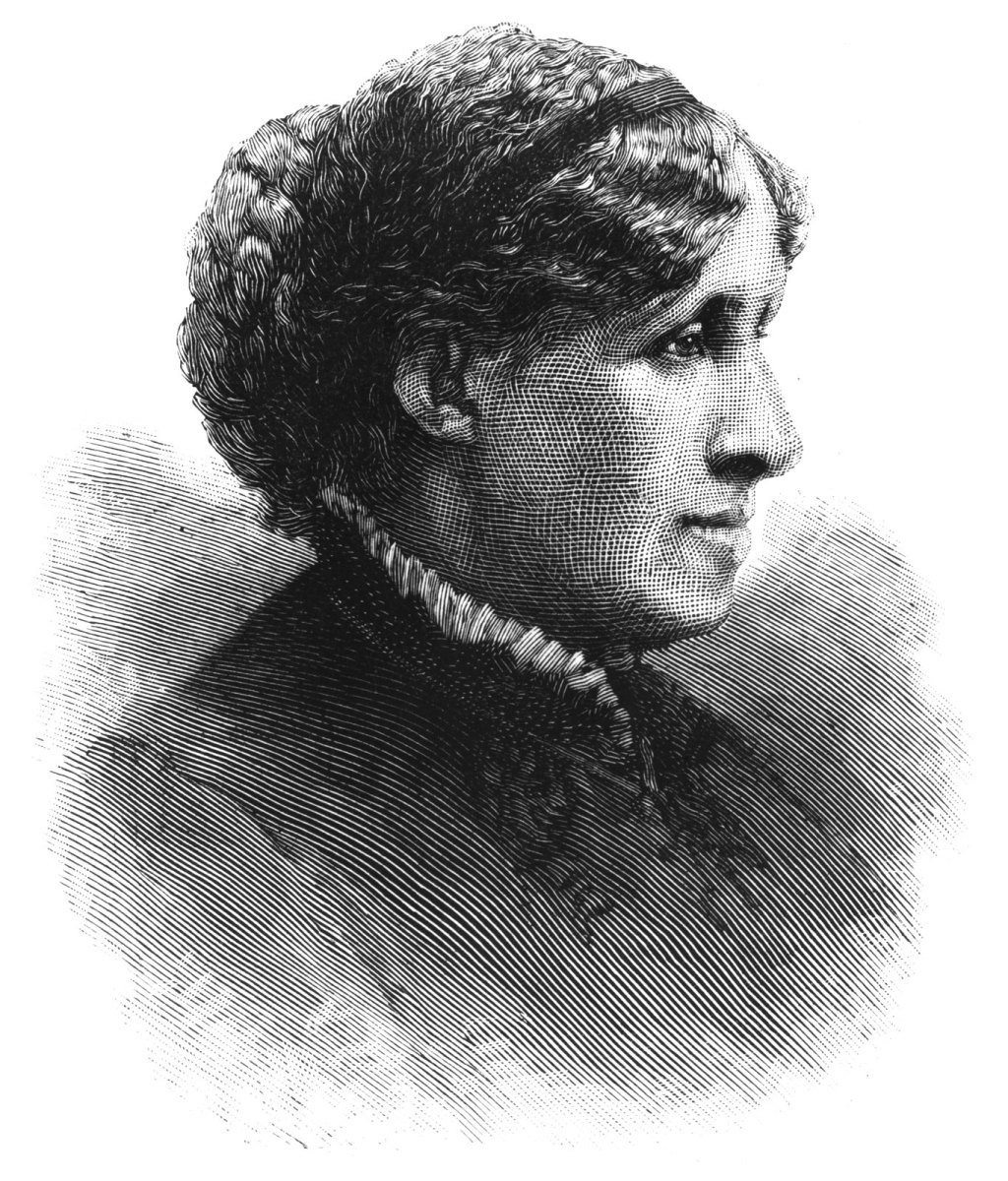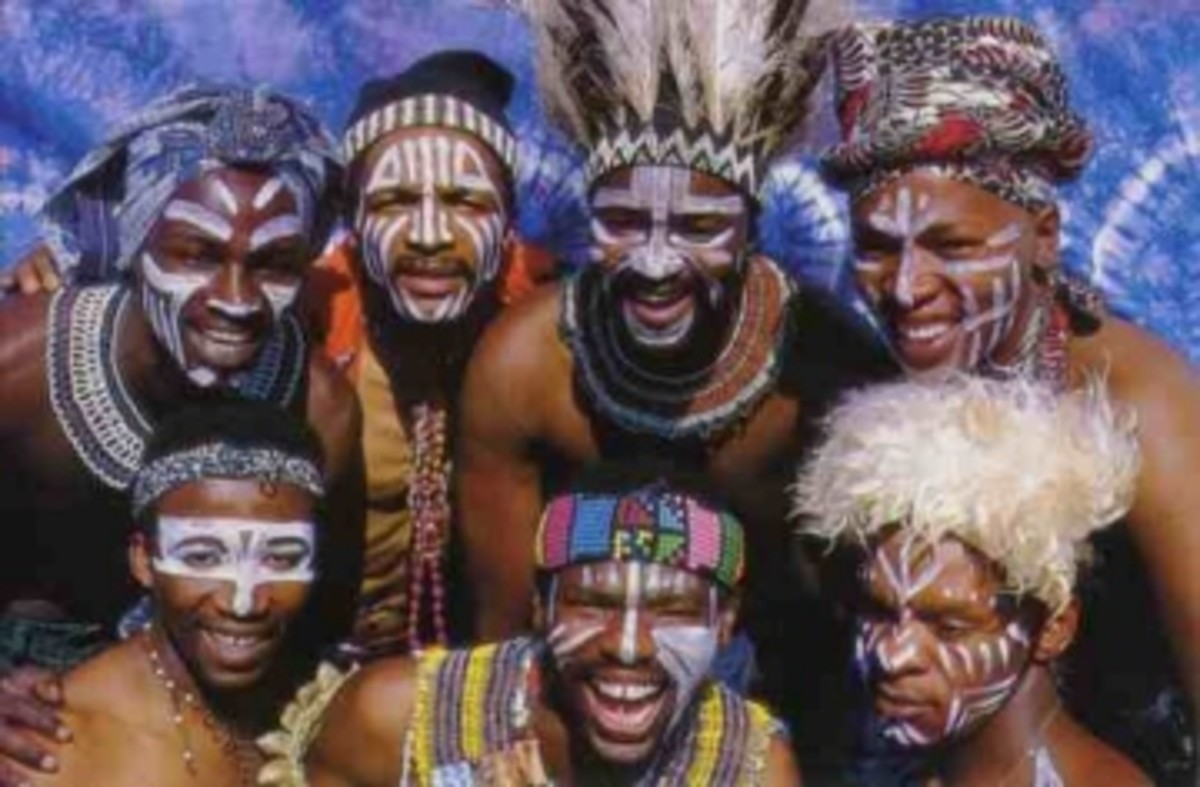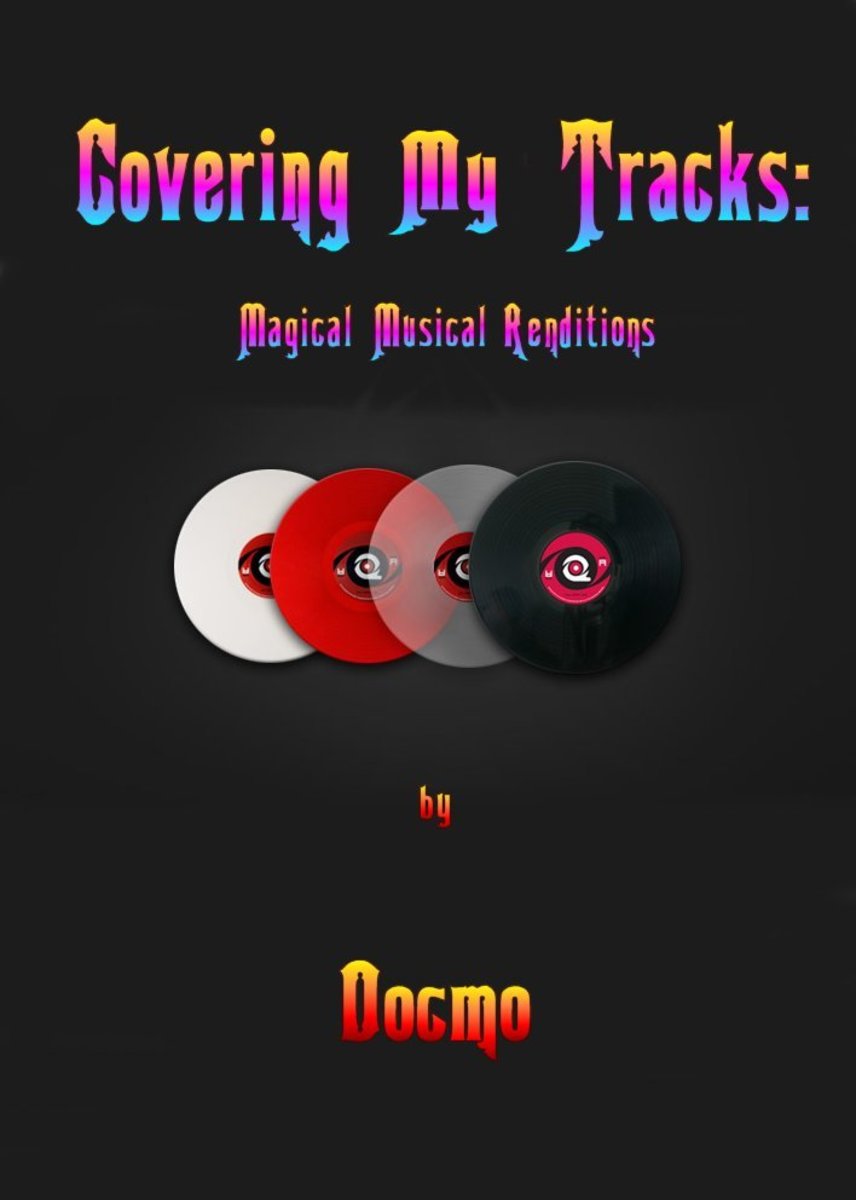The Swinging Sound of the Sixties: Production
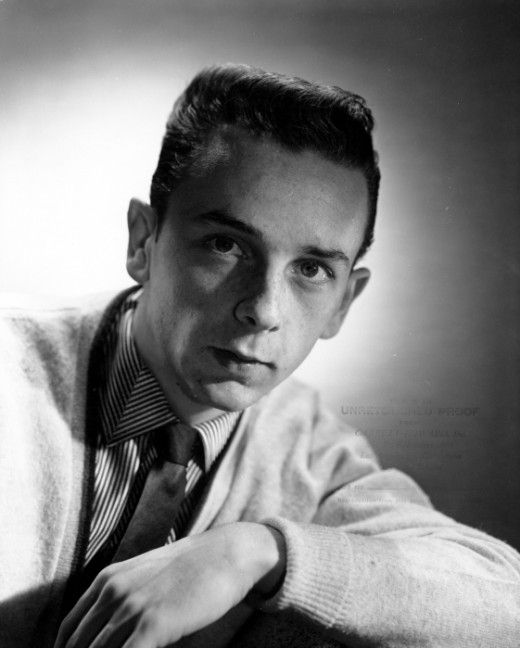
One of the most innovative and eclectic decades in music, the 1960s saw the emergence of new musical styles, revolutions in existing genres, changes in production and studio techniques, and the development of new technologies. Decades later, the music of this era continues to delight and influence; even today, many musicians still draw inspiration from the music of the sixties. Have you ever wondered what to make a song sounds 60s? Following is basic advice to make your music sound more sixties. This shall be divided into several parts, each covering a different aspect of sixties music. This fourth and final part focuses on how to use production techniques to make a song sound 60s.
Wall of Sound
The most famous producer of the sixties was Phil Spector, known for the “wall of sound” production. Spector influenced another sixties producer, Brian Wilson, who used a variation of the wall of sound on tracks such as "God Only Knows." The wall of sound consisted, in short, of extensive layering (which included multiples of each instrument, both electric and acoustic) and orchestral arrangements (strings, horns, woodwinds). This was picked up by multiple microphones, with little effort to prevent or reduce spillover. These mics were connected to a mixing board, and the sound from the mixing board was sent to a loudspeaker in an echo chamber. The echo chamber was, as its name suggests, a large chamber designed to create echo and reverberation effects. The chamber contained one one or more microphones which picked up the sounds from the loudspeaker and added a reverb effect. The signal from these microphones was fed back to the mixing console, allowing the "wet" signal (the one from the echo chamber) to be blended with the "dry" signal (the one from the studio). The result was mixed down to mono and recorded. The object was to have all of the instruments blend together to create a full and dense sound.
This is a great way to make your music sound sixties. However, it is very difficult to create this sort of recording if you don't have access to an orchestra (which most people don't). However, you could do it on a smaller scale and still produce decent results. It is also possible to use an artificial reverb effect unit instead of an echo chamber, which should make things a bit easier. Just mix down the recording to one channel, send it to the reverb unit's input, select the settings with the largest reverb (some units even have an "echo chamber" setting), send the unit's output back to the mixing desk, and send the mixer's output to a recorder. Remember, it should be recorded in mono, not stereo.
More modern attempts to replicate the wall of sound include the effort on Bruce Springsteen's Born to Run, in which guest musicians and numerous overdubs simulated the layered sound of Spector. Trevor Horn, a popular 1980s producer behind tracks such as "Relax" by Frankie Goes to Hollywood, was able to develop his own version of the wall of sound by using synthesizers, samplers, and drum machines. Through the use of sequencing he was able to layer multiple sounds, creating a wall of sound effect with only a very small production team. Thus, it is possible to produce a wall of sound effect through more modern and convenient methods; however, don't expect a flawless reproduction of Spector's signature sound.
Orchestration
Orchestral arrangements were much more common in pop and rock songs of the sixties than they are now. As previously stated, Phil Spector used orchestral arrangements for his wall of sound. Producer George Martin, best known for his work with the Beatles, also relied on fuller arrangements as part of his sound. Many Tamla Motown recordings featured strings and brass. Augmenting the standard guitar, drums, bass, and keyboards format should help create a more sixties sound.
Live Performance
Most of the music if the sixties was recorded live rather than overdubbed (although there was limited use of overdubs in the sixties). This means that a typical sixties track was recorded by a group of musicians in the same room, playing together. Compared to more modern recordings, there were usually few microphones and they were usually fairly distant from the sound being recorded. This sometimes resulted in audio spill, sounds "bleeding" into others mics. An example of this is "Yesterday," in which Paul McCartney's vocals spilled into the guitar mic. This audio leakage, as well as the vibe of musicians playing together rather than recording their parts separately, would greatly enhance the retro feel of your recording.
Multi-track Recording
Multi-track recording was quite limited in the sixties, but was used sometimes. Many recordings at Gold Star Studios were recorded on an Ampex 3-track tape recorder, as were early Motown records (Motown upgraded to an 8-track recorder in the mid-sixties). The Beatles and the Rolling Stones often recorded on a 4-track tape deck. The Doors also used a four track recorder, using one channel for drums and bass, one for guitar and keyboards, one for vocals, and the fourth for overdubs. Multi track recording should be used in moderation to create a sixties vibe; excessive use of multi tracking and overdubs will make a track sound more modern. Limiting yourself to using a few tracks rather than using twenty-four will make your recording sound more authentically sixties.
Sixties Technology
Although it can be expensive and difficult to acquire, using authentic 1960s gear will make your recordings sound more sixties. Analog tape decks would give a vintage vibe to any recording. Condenser mics, such as the Neumann U47 and U87, and ribbon mics were common in the 60s. Valve or vacuum tube mixing consoles, such as the EMI REDD, were popular for much of the decade, and the first solid-state console (the EMI TG12345) was introduced in the 60s. The equalization on such desks produce a very sixties tone. Leslie speakers, originally designed for use with the Hammond electronic organ, was used extensively in the sixties. The Beach Boys used one on Pet Sounds. Ray Manzarek of the Doors played his Vox Continental organ through a Leslie cabinet. George Harrison played his guitar through a Leslie on tracks such as "Something" and "Lucy in the Sky With Diamonds." John Lennon sang into one on "Tomorrow Never Knows."
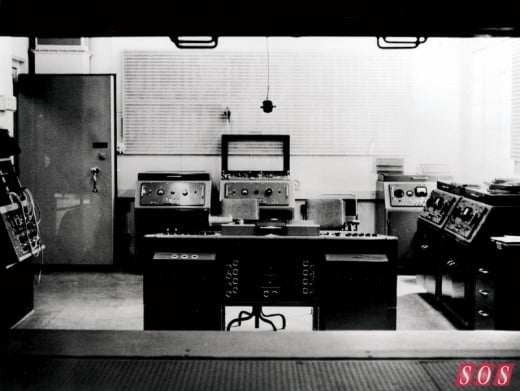
Reverb
As previously stated, reverberation was a key component of Phil Spector's wall of sound. Most recordings of the sixties featured natural reverb, but plate reverbs such as the EMT 140 were also used, appearing in recordings by bands such as the Beatles and Pink Floyd.
Compression
Tube compressors such as the Fairchild 670 were introduced in the sixties and were widely used. Abbey Roads studios was equipped with a Fairchild valve compressor, and Roger McGuinn of the Byrds used one such unit to achieve his signature guitar tone.
Phasing
Tape effects were quite popular in the sixties, as there were not yet pedals that could simulate these effects. Phasing was one such effect, sometimes used by Jimi Hendrix, and also heard on tracks such as “It's Gonna Rain” by Steve Reich. It is created by having tape players play the same part, but at very slightly different speeds. The two parts start in unison, but over time the relationship between the two parts changes, creating the phasing effect.
Flanging
Another popular tape effect is flanging, a variant of phasing. The effect is created by mixing two identical signals, with a slight delay on one which gradually changes. It was especially popular with psychedelic styles, as this is a very "trippy" effect and is a great way to make your music sound psychedelic. This effect was used by Small Faces on “Itchycoo Park” and the Beatles on “Lucy in the Sky With Diamonds” and “Tomorrow Never Knows.” Tracks by Captain Beefheart and Jimi Hendrix also feature flanging.
While flanger and phaser pedals exist, it should be done with tape to sound more authentic. Otherwise, it will sound more seventies or eighties, which is when these pedals were most popular.
Conclusion
Thus concludes my four-part series on the music of the sixties. I hope some, or all, of this information has been useful to you as you attempt to recreate the swingin' sound of the sixties.
